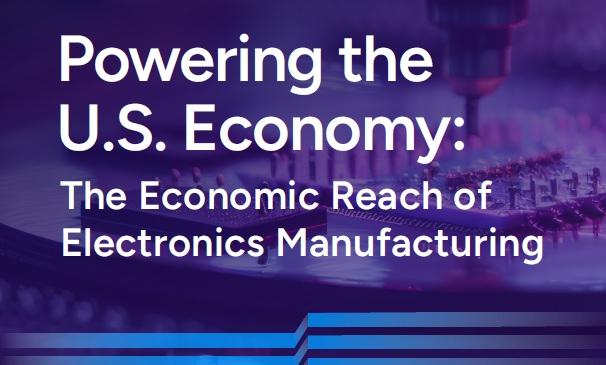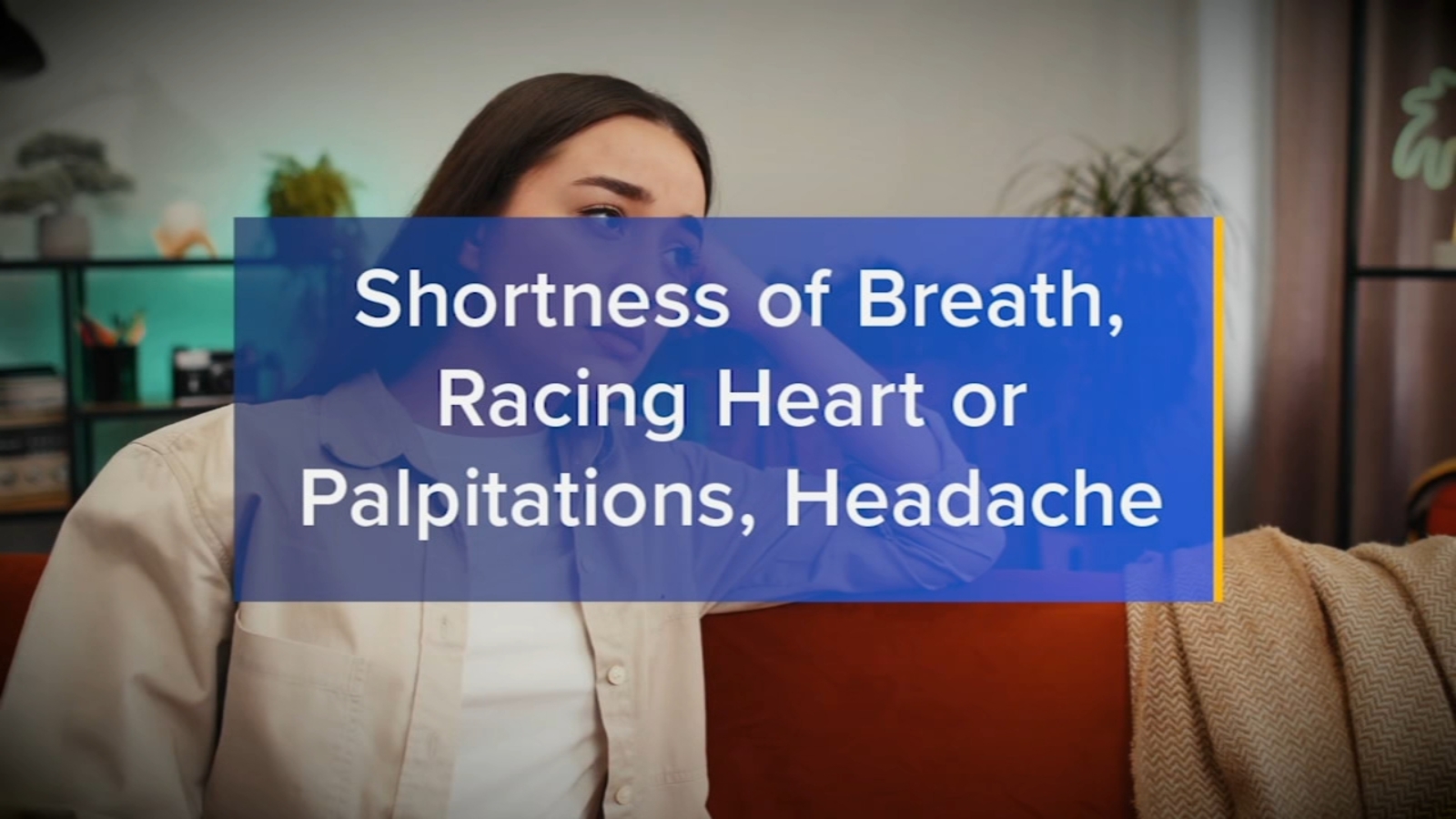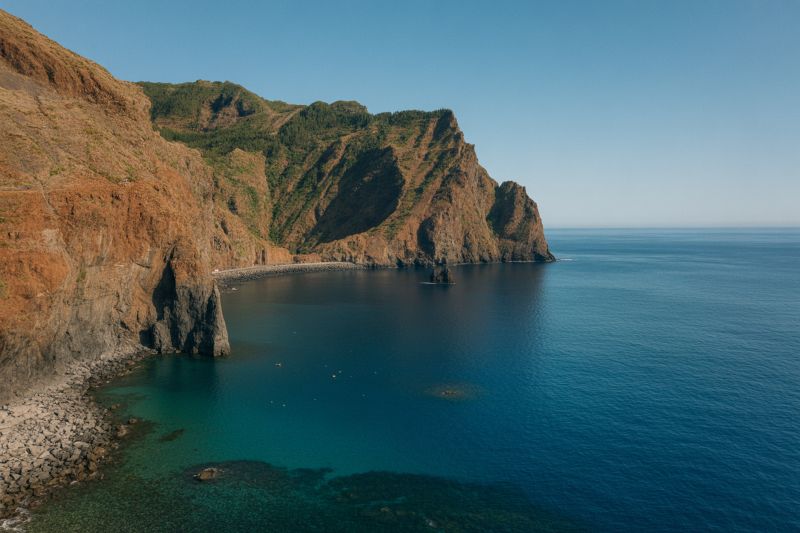2025 News items – Democratic Republic of the Congo formally accepts WTO Agreement on Fisheries Subsidies – World Trade Organization

Report on the Democratic Republic of the Congo’s Ratification of WTO Agreements and its Impact on Sustainable Development Goals
Ratification of the Agreement on Fisheries Subsidies
- The Democratic Republic of the Congo (DRC) has formally submitted its instrument of acceptance for the World Trade Organization (WTO) Agreement on Fisheries Subsidies.
- This action represents the 104th ratification by a WTO member.
- The Agreement requires ratification from 111 members, constituting two-thirds of the WTO membership, to enter into force.
Alignment with Sustainable Development Goal 14: Life Below Water
- The ratification is a critical contribution to achieving SDG 14 (Life Below Water), specifically addressing Target 14.6, which aims to prohibit harmful fisheries subsidies that lead to overcapacity, overfishing, and illegal activities.
- WTO Director-General Okonjo-Iweala highlighted the ratification as a vital step in protecting global marine commons, a core principle of SDG 14.
- DRC Minister Kahongya affirmed that the decision reflects the country’s commitment to the sustainable management of marine resources and the fight against overfishing.
- The Agreement directly supports SDG 14 by prohibiting subsidies for:
- Illegal, unreported, and unregulated (IUU) fishing.
- Fishing of overfished stocks.
- Fishing on the unregulated high seas.
Contribution to Broader Sustainable Development Goals
- SDG 17 (Partnerships for the Goals): The DRC’s action reinforces its commitment to multilateralism and global partnerships for sustainable development.
- SDG 8 (Decent Work and Economic Growth): Minister Kahongya noted that the Agreement is expected to promote equitable and sustainable international trade, enhancing the DRC’s participation in the global economy.
- The DRC also accepted the Trade Facilitation Agreement (TFA), which supports SDG 8 and SDG 17 by expediting the movement of goods to improve trade integration and connectivity.
Support Mechanisms for Developing Nations (SDG 10 & 17)
- In alignment with SDG 10 (Reduced Inequalities) and SDG 17, a Fisheries Fund was established to support the implementation of the Agreement.
- The fund provides technical assistance and capacity-building for developing and least-developed countries (LDCs) that have ratified the agreement.
- A Call for Proposals has been initiated, allowing eligible members to request project grants to assist with the implementation of their new obligations.
Future Negotiations
- WTO members remain committed to ongoing negotiations to establish additional provisions, further strengthening the disciplines on fisheries subsidies and advancing the long-term objectives of SDG 14.
Which SDGs are addressed or connected to the issues highlighted in the article?
-
SDG 14: Life Below Water
This goal is central to the article. The text focuses on the “Agreement on Fisheries Subsidies,” which aims to “better preserve our oceans” and ensure the “sustainable management of the world’s marine resources.” The agreement specifically targets harmful practices like “overfishing” and “illegal, unreported and unregulated fishing,” which are direct threats to marine ecosystems and fall squarely under the purview of SDG 14.
-
SDG 17: Partnerships for the Goals
This goal is addressed through the article’s emphasis on multilateral cooperation. The entire initiative is a World Trade Organization (WTO) agreement, requiring ratification from member states like the Democratic Republic of the Congo. The article highlights the global effort, stating, “We are now just seven ratifications away from the entry into force of this landmark Agreement.” Furthermore, the creation of a fund to provide “technical assistance and capacity-building” for developing and least-developed countries demonstrates a partnership to ensure equitable implementation, a key aspect of SDG 17.
What specific targets under those SDGs can be identified based on the article’s content?
-
Target 14.6
“By 2020, prohibit certain forms of fisheries subsidies which contribute to overcapacity and overfishing, eliminate subsidies that contribute to illegal, unreported and unregulated (IUU) fishing and refrain from introducing new such subsidies…” The article directly aligns with this target. It states that the agreement sets “new, binding, multilateral rules to curb harmful fisheries subsidies” and explicitly “prohibits subsidies for illegal, unreported and unregulated fishing, for fishing overfished stocks, and for fishing on the unregulated high seas.”
-
Target 14.c
“Enhance the conservation and sustainable use of oceans and their resources by implementing international law as reflected in UNCLOS…” The article refers to the agreement as a “crucial international legal instrument” designed to ensure “sustainable management of the world’s marine resources.” The ratification process by WTO members is the mechanism for implementing this new international rule to conserve marine life.
-
Target 17.10
“Promote a universal, rules-based, open, non-discriminatory and equitable multilateral trading system under the World Trade Organization…” The article is about a WTO agreement that creates “new, binding, multilateral rules.” The Democratic Republic of the Congo’s minister states that ratification reaffirms their “commitment to the principles of multilateralism” and “promoting international trade based on equity, sustainability and solidarity.” This directly supports the strengthening of the WTO’s rules-based system.
-
Target 17.9
“Enhance international support for implementing effective and targeted capacity-building in developing countries to support national plans to implement all the sustainable development goals…” The article explicitly mentions the establishment of “a fund to provide technical assistance and capacity-building to help governments that have formally accepted the Agreement to implement the new obligations.” This fund, aimed at developing and least-developed countries (LDCs), is a direct example of targeted capacity-building support.
Are there any indicators mentioned or implied in the article that can be used to measure progress towards the identified targets?
-
Number of ratifications of the Agreement on Fisheries Subsidies
This is a direct and quantifiable indicator mentioned in the article for measuring progress towards Targets 14.6, 14.c, and 17.10. The article tracks this progress by stating that 104 WTO members have deposited their instruments of acceptance and that only “seven ratifications away” are needed for the agreement to enter into force. This number serves as a clear metric of the global commitment to implementing these new rules.
-
Establishment and utilization of the WTO Fish Fund
This is an implied indicator for Target 17.9. The article confirms the fund’s establishment and notes that it has launched a “Call for Proposals… for project grants.” Progress can be measured by the amount of capital in the fund, the number of developing countries and LDCs applying for and receiving grants, and the total value of the technical assistance and capacity-building projects funded.
Table of SDGs, Targets, and Indicators
| SDGs | Targets | Indicators Identified in the Article |
|---|---|---|
| SDG 14: Life Below Water | Target 14.6: Prohibit harmful fisheries subsidies that contribute to overcapacity, overfishing, and IUU fishing.
Target 14.c: Enhance the conservation and sustainable use of oceans by implementing international law. |
The number of WTO members that have ratified the Agreement on Fisheries Subsidies (The article states 104 have ratified, with 111 needed for entry into force). |
| SDG 17: Partnerships for the Goals | Target 17.10: Promote a universal, rules-based multilateral trading system under the WTO.
Target 17.9: Enhance international support for capacity-building in developing countries. |
The entry into force of the WTO Agreement, measured by the number of ratifications.
The establishment and disbursement of grants from the WTO Fish Fund for technical assistance and capacity-building. |
Source: wto.org

What is Your Reaction?
 Like
0
Like
0
 Dislike
0
Dislike
0
 Love
0
Love
0
 Funny
0
Funny
0
 Angry
0
Angry
0
 Sad
0
Sad
0
 Wow
0
Wow
0


















-1920w.png?#)





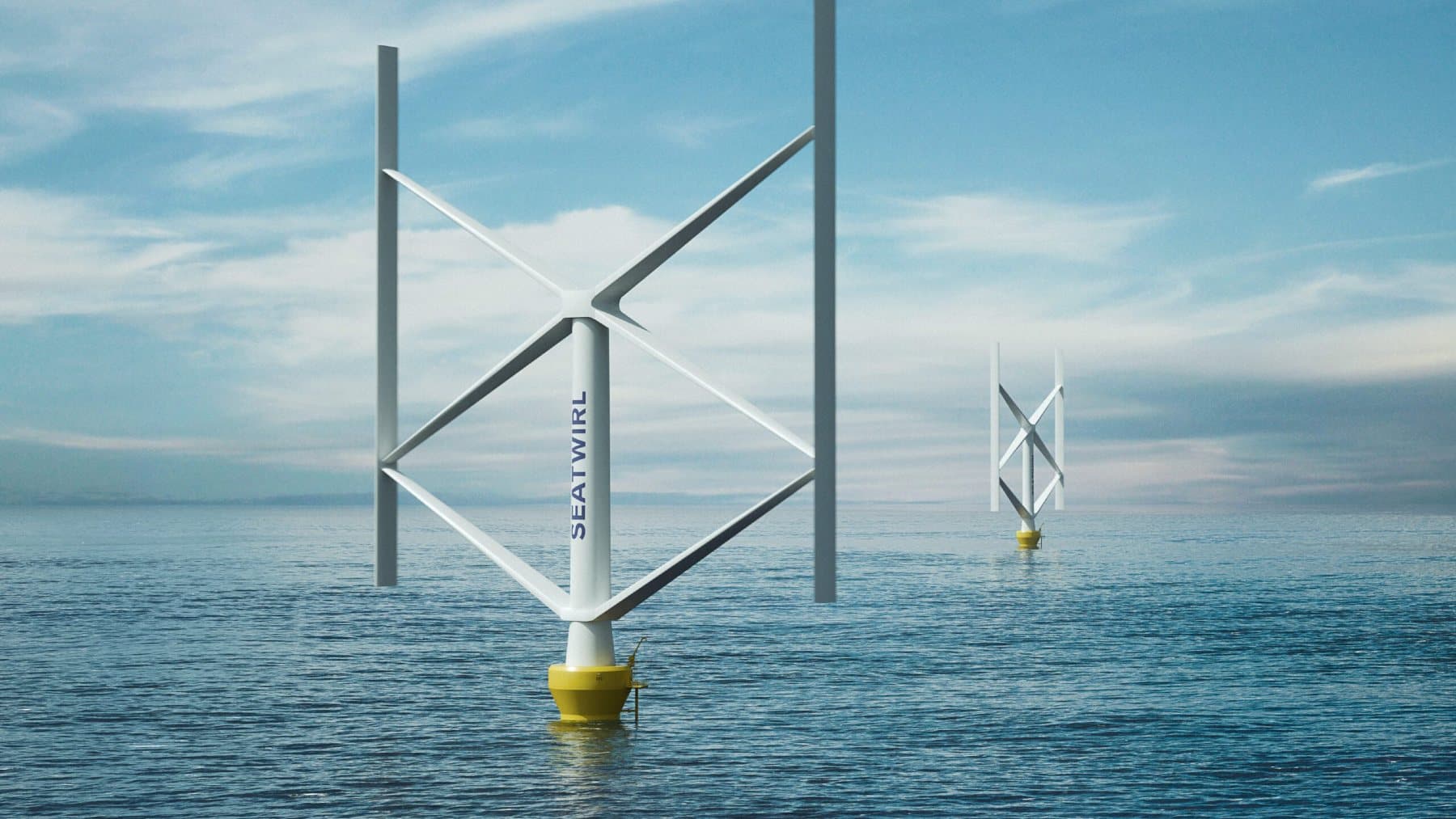
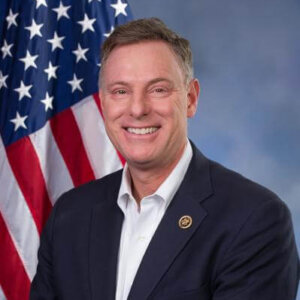


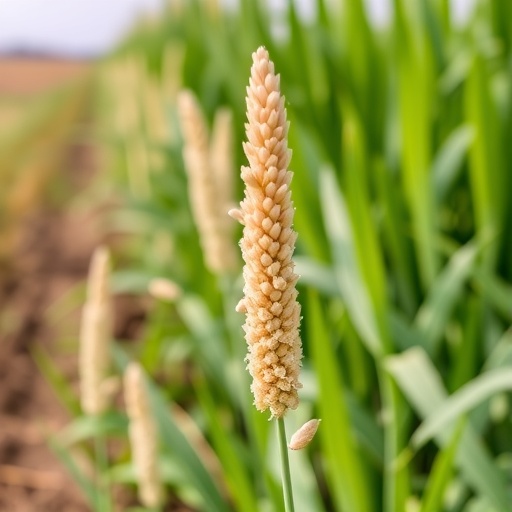








;Resize=805#)








.jpg?h=50da7ea4&itok=DTgFLdpn#)
